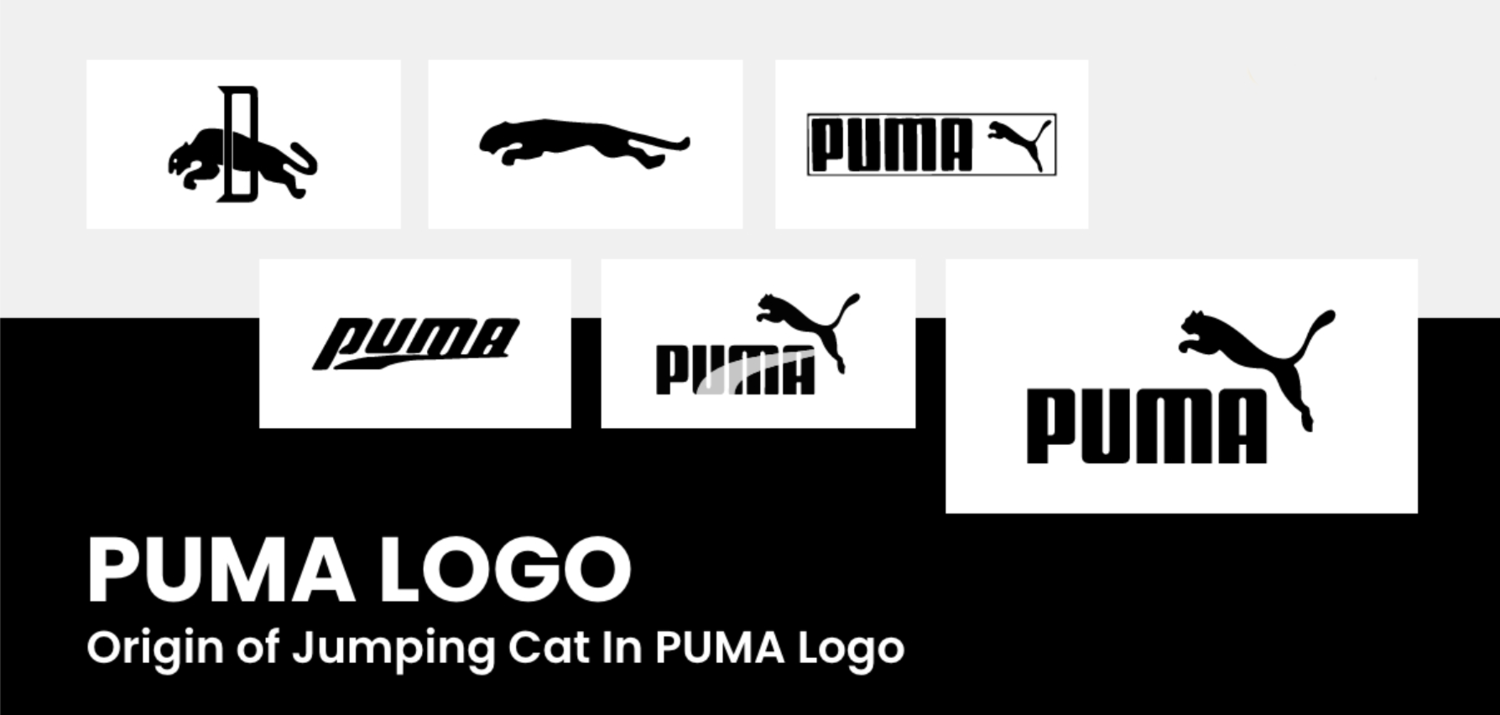PUMA is one of the world’s leading sportswear brands; if you are starting a sportswear brand, then PUMA will be on your list of competitors. In this article, we will provide you with a Puma SWOT analysis that will help you prepare, or you can go through it if you are curious.
SWOT is an abbreviated version for Strengths, Weaknesses, Opportunities, and Threats. Everything that has contributed to the company’s success, minor downfalls, opportunities they have had until now, and their threats, also known as their competitors in the same industry.
To learn more about the SWOT analysis of Puma, the marketing strategy of Puma, and more, continue reading.
Check this out: Full Comprehensive Analysis of Under Armour: SWOT Analysis and Key Insights
What is Puma? About Puma’s Origin
Puma is a worldwide recognized sportswear and athletic footwear and accessory company with a history that began in 1948 in Germany. The significance of the logo is that it shows us a leaping cat represents flexibility, speed, and style.
Puma’s global footprint, which spans over 120 nations, ensures its products are available in every country. Puma’s collaborations with renowned athletes such as Usain Bolt and Neymar have cemented its reputation as a brand of choice for those pursuing athletic success.
Visit: Puma
Puma SWOT Analysis: Strengths
Strong brand Identity
Puma’s strength stems from its recognizable brand name. The iconic leaping cat logo has crossed countries. It is a worldwide symbol of athletic success and a commitment to pushing standard boundaries.
This iconic logo represents more than just Puma; it embodies the passion of athletes and sports fanatics worldwide, creating a lasting connection between the company and its customers.
Product Line Variety
Puma’s strategy is based on variety. Running shoes, soccer cleats, leisure wear, and accessories are all part of the brand’s range of goods.
Puma’s versatility allows the business to serve a broad spectrum of consumer sectors, spanning professional athletes to fashion-conscious consumers looking for flexible and trendy sportswear. This adds to the Puma marketing strategy.
Initiatives for Sustainability
The company’s commitment to eco-friendly materials and environmentally conscious procedures has resonated with a rising consumer looking for eco-friendly items. This commitment to sustainability is in sync with changing expectations from customers.
Puma has emerged as the leader in sustainability in sportswear in an era of increased environmental concern.
Read also: Sports Marketing Definition: Its Impact on Sports Brands
Puma SWOT Analysis: Weaknesses
Heavy Dependence on Fashion Trends
While Puma’s preference for fashion-forward designs is a strength, it also bears a significant weakness. Because of the brand’s appeal to fashion-conscious consumers, it is vulnerable to the temporary nature of the latest fashion trends.
Fashion trends can shift quickly, posing management of stock issues. If Puma fails to prepare or respond promptly to these adjustments, it risks having unsold or out-of-date goods, impacting its earnings and brand reputation.
Limited Innovation
Despite Puma’s long history of innovation, there is a concern that the company may be unable to keep up with the fast improvements in materials and technology used in sportswear and athletic gear.
Retaining an advantage over others in an industry defined by constant development requires being at the forefront of innovation. Competitors of Puma are aggressively investing in technology like better cushioning systems, sustainable materials, and smart wearables.
Puma SWOT Analysis: Opportunities
Athleisure growth
The growing athleisure trend represents an enormous opportunity for Puma to improve its market position and earnings. Athleisure, defined by the combination of athletic clothing with daily fashion, has become famous for people of all ages, from youngsters to Gen Z and beyond.
Puma can capitalize on this trend because it focuses on attractive, breathable sportswear.
Emerging Markets Expansion
Puma sees appealing potential in emerging markets in Asian and American countries. Rapid population growth, increasing disposable incomes, and a growing middle-class customer base in these areas provide an ideal environment for market development.
Sustainability
Puma’s dedication to sustainability is both a strength and a huge opportunity. With rising consumer environmental consciousness and growing worries about global warming, there is an increasing need for environmentally friendly and ethically manufactured items.
Puma SWOT Analysis: Threats
Tough Competition
The constant competition in the sportswear business is one of the most significant dangers confronting Puma. Nike, Adidas, and other critical companies like Under Armour control the industry.
As these sector leaders compete for market dominance, they turn to price wars, intensive marketing efforts, and constant creativity. The continuous competition in the sportswear business is one of the most significant dangers confronting Puma.
Counterfeit Products
Counterfeit and copycat goods continue to threaten Puma’s image of quality and profitability. The widespread use of e-commerce and the availability of imitation sportswear on marketplaces on the internet make fighting fakes increasingly tricky.
These knockoffs frequently damage consumer faith in the legitimacy of Puma’s offers, possibly harming the brand’s reputation.
Supply Chain Disruptions
Puma’s supply chain is vulnerable to disruptions induced by natural catastrophes, political unrest, and global calamities. These interruptions can cause manufacturing, transportation, and distribution delays, resulting in shortages of goods and lost sales opportunities.
Consumer Preferences Are Evolving
Consumer tastes in sportswear can evolve quickly due to changing fashion trends, cultural developments, and new lifestyle choices. Puma’s ability to effectively foresee and adjust to shifting preferences is critical for staying relevant in the industry.
Loss to adapt to changing consumer expectations might result in inventory issues and lower sales.
FAQs
What are the main threats to Puma's success?
As mentioned in the article, according to Puma SWOT analysis, Puma as a company is likely to have threats such as tough competition, mimicked products, customer preferences, and the constantly evolving technology that they have to keep up with.
What competitive advantage does Puma have for companies in the same industry?
Given Puma's popularity, they have a giant support system. They are especially drawn to them because of collaborations with various celebrities, including Selena Gomez.
What is Puma's marketing strategy?
Puma focuses on aspects such as keeping up with innovation and having products that match the customer's tastes and fit the ongoing demand/trend scale.
Do Puma's sustainability initiatives contribute to cost savings?
The long-term cost reductions from Puma's environmental measures may be substantial. Utilizing eco-friendly products and maximizing energy use can lower operational costs and boost efficiency.
Conclusion
In this article, we went over the various Strengths, Weaknesses, Opportunities, and Threats of Puma. In the ultimate Puma SWOT analysis, we have covered strengths from the brand identity to the threats— the constantly fluctuating customer demands.
See also: The In-Depth SWOT Analysis of Levi’s






